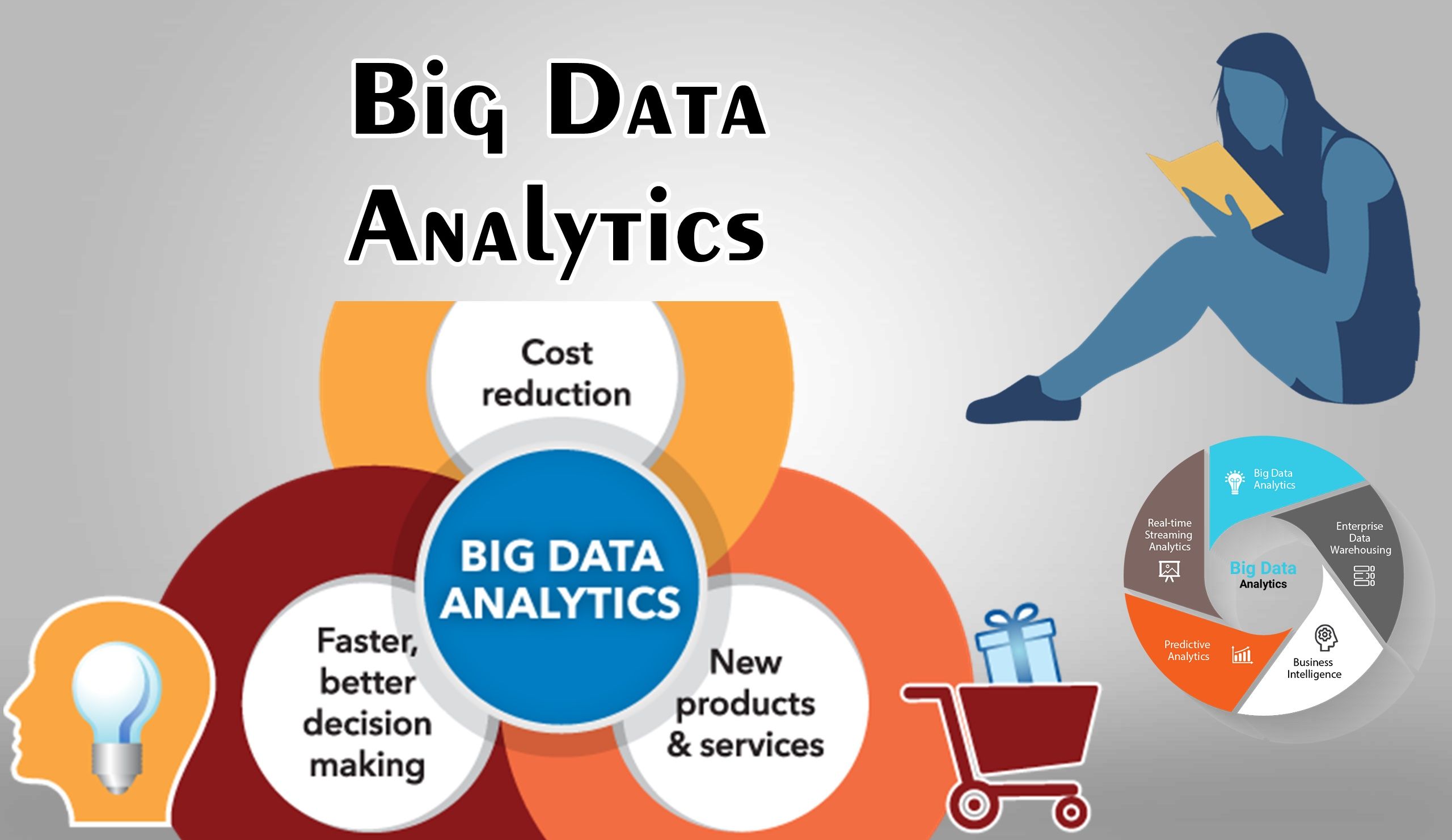Big data has become a buzzword in the tech industry, as organizations are increasingly realizing the potential value that lies within the vast amounts of data they collect. But collecting data is just the first step – to truly unlock its value, organizations must analyze and interpret this data effectively. This is where big data analytics comes into play.
What is Big Data Analytics?
Big data analytics is the process of examining large and varied data sets – or big data – to uncover hidden patterns, unknown correlations, market trends, customer preferences, and other useful information that can help organizations make more informed business decisions. By using advanced data analytics techniques, organizations can gain insights that were previously impossible to obtain.
Techniques for Extracting Value from Data
1. Data Mining
Data mining is the process of discovering patterns and relationships in large data sets by analyzing and interpreting data. This technique involves using statistical algorithms and machine learning techniques to identify trends and insights that can help organizations make data-driven decisions.
2. Predictive Analytics
Predictive analytics is the practice of using statistical algorithms and machine learning techniques to predict future outcomes based on historical data. By analyzing past data, organizations can make accurate predictions about future trends, customer behavior, and market conditions, allowing them to take proactive measures to optimize their business strategies.
3. Machine Learning
Machine learning is a subset of artificial intelligence that enables computers to learn from data and make predictions or decisions without being explicitly programmed to do so. By training machine learning models on large data sets, organizations can automate the process of extracting valuable insights from data, enabling them to make faster and more accurate decisions.
4. Text Analytics
Text analytics is the process of analyzing unstructured text data to extract valuable insights and sentiments. By using natural language processing techniques, organizations can gain a deeper understanding of customer feedback, social media trends, and other textual data sources, allowing them to make more informed decisions based on this valuable information.
5. Data Visualization
Data visualization is the practice of presenting data in a visual format, such as charts, graphs, and dashboards, to facilitate easier understanding and interpretation of complex data sets. By visually representing data, organizations can quickly identify trends, patterns, and outliers, enabling them to make more informed decisions based on this visual representation of their data.
Conclusion
Big data analytics is a powerful tool that can help organizations extract valuable insights from their data and make more informed business decisions. By utilizing advanced analytical techniques such as data mining, predictive analytics, machine learning, text analytics, and data visualization, organizations can unlock the full potential of their data and gain a competitive edge in today’s data-driven world.
Are you ready to harness the power of big data analytics to drive your business forward?
